Opinion
-

Beware of Climate Activists Cosplaying as ‘Conservatives’
Opinion -Most conservatives realize that climate change is not a significant threat and heavy government intervention, in whatever form it takes, is not a conservative policy prescription. -

Biden To Ruin Thousands Of Miles Of Land For Green Energy Scheme
Opinion -Ultimately, the Biden administration and its radical climate activist allies propose destroying vast stretches of open spaces and an enormous number of wild animals and ecosystems to impose – at taxpayer expense – a nationwide patchwork of wind turbines, solar projects, and power transmission lines -
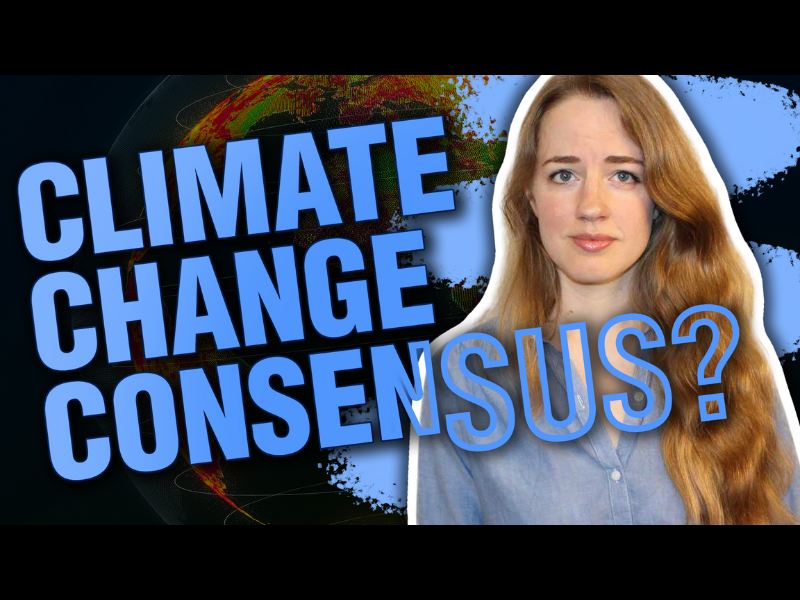
New Heartland Video Series Already a HUGE hit
Opinion -These short videos are designed to debunk common myths about divisive climate topics. -

Did Fed Chairman Jerome Powell Mislead Congress About a U.S. CBDC?
Opinion -Because CBDCs are digital and controllable by a centralized authority, they can be embedded with features that allow governments, banks, or other authorized institutions to monitor what people are purchasing with CBDCs, or prevent purchases from occurring altogether. -

Is the Goal Cleaner Air – Or Something Else?
Opinion -If President Biden truly wants to meet his aggressive climate goals, regressive policies like restricting emissions monitoring technologies or banning LNG exports is a poor start. -
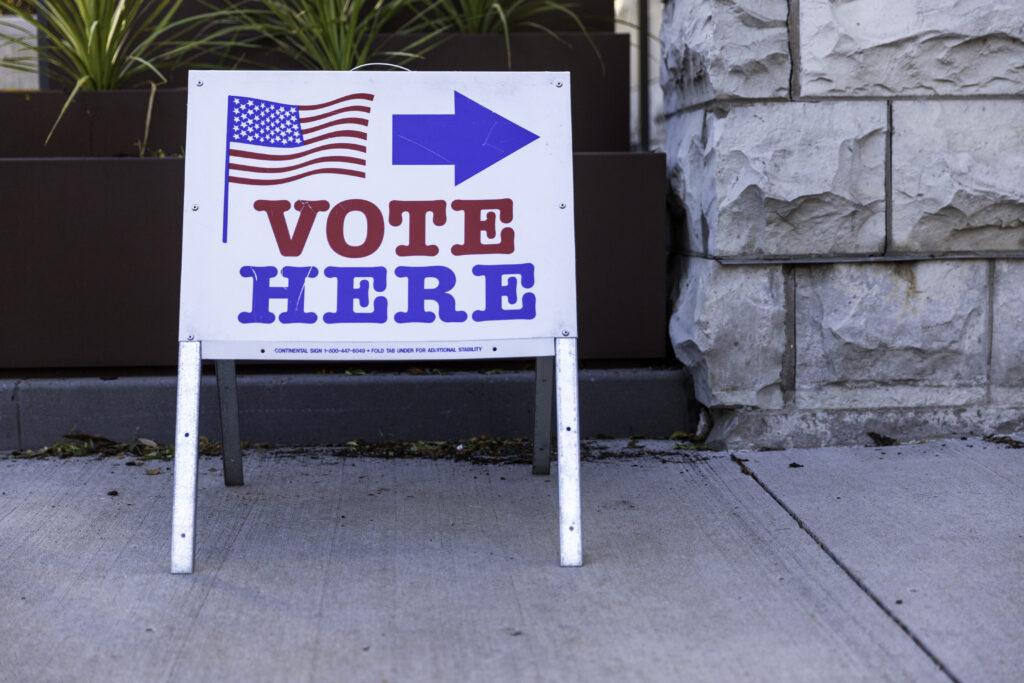
Study: 10% to 27% of Non-Citizens Are Illegally Registered to Vote
Opinion -In presidential elections, roughly half of non-citizens who are registered turn out to vote. Given that about 10% to 27% of them are currently registered, this means about 5% to 13% of them will illegally vote in the 2024 presidential and congressional elections. -

Working-Class Americans Are Paying for Climate Alarmism’s High Price Tag
Opinion -Replacing market assessments of how to balance the concerns of climate change, energy security, and economic progress with spending decisions dictated by political overlords, their crony-capitalist allies, and climate scolds, is a terrible idea. -
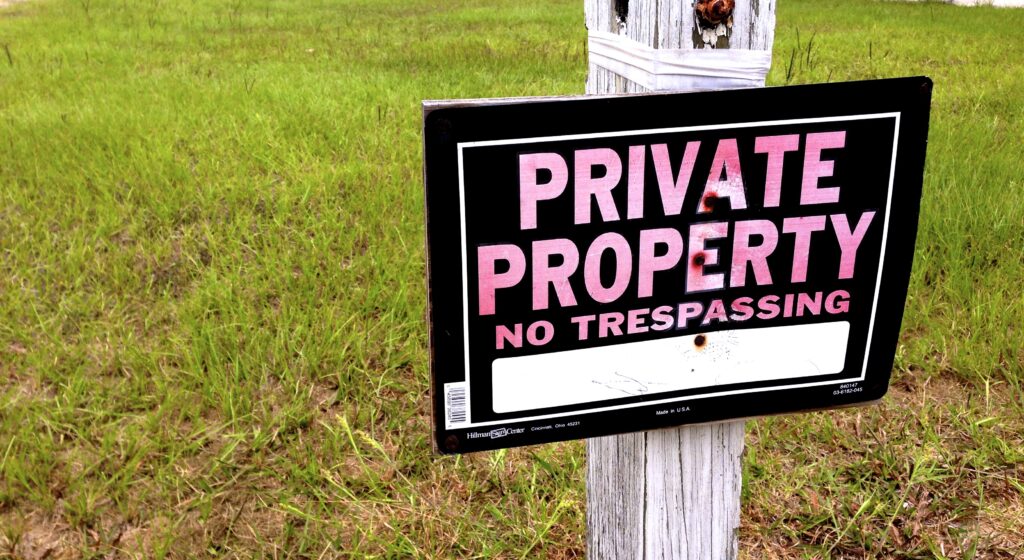
Protecting Property Rights from Squatters
Opinion -Designating thieves as “tenants” and arresting homeowners for trying to take their houses back is outrageous and un-American. -
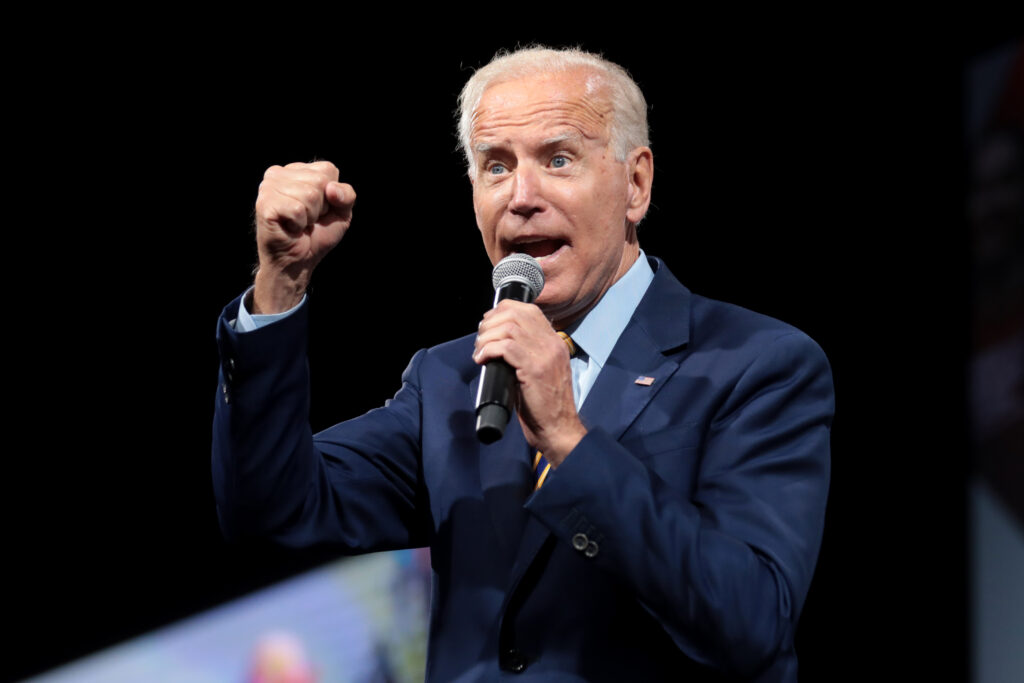
Biden Signs Suicidal ‘No Coal’ Pact, While Rest of World Builds 1,000 New Plants
Opinion -Biden’s plan is for America to assume the lion’s share of global “climate reparations” and financial bribes to induce China, India, and the rest of the world to reduce their carbon dioxide emissions. -

How to Recover Endangered Species – Or Not
Opinion -Contrary to conventional wisdom, most species are not endangered because of habitat loss, but because people killed them. -

Is China More Capitalist than the United States?
Opinion -As the U.S. government pursues protectionist policies toward the Chinese and other countries, this narrows the opportunities for Musk and other entrepreneurs to launch new EV technologies and innovations. -

Social Security’s Clock Is Ticking. Why It’s Not Getting Fixed.
Opinion -As the first step in Social Security reform, Congress needs to provide all Americans a framework for how benefit reductions might work in the case of insolvency so that they can plan as individuals. -

Outrageous: Chicago Teachers Union Demands $50 Billion in Pay Hikes Among Other Perks
Opinion -Despite a decline in student academic performance across the CPS system and the fact that Chicago is broke, CTU has the audacity to demand $50 billion in pay raises and silly pet projects that will almost assuredly have no impact on student performance but will have a large impact on nebulous social justice causes supported by CTU. -

A Green Embargo by China Will Trigger a Financial Crisis That Will Implode the US Economy
Opinion -China is positioned to adversely influence lithium-ion battery production worldwide. -

The Big Gov-Big Tech War on Internet Providers
Opinion -Why do the biggest and richest companies in the history of Planet Earth get government-imposed blanket third-party-action immunity? -

This Economy Does Not Look Good
Opinion -Until Congress and the president get serious about decreasing the burden of government on the nation’s productive people, America’s long-term economic prospects will continue to decline. -

Is Climate Change Spurring Child Labor? No, but EV Batteries Are.
Opinion -One good way to ensure that child labor continues is by increasing the demand for solar panels and other “green” technologies that rely on mining in extremely poor areas, and by denying those poor countries the ability to develop using affordable and reliable fossil fuel energy. -

Will Arizona Stand Up Against Slave and Child Labor?
Opinion -The policy solution in HB 2591 would simply require that any EV manufacturer provide a sworn statement that consents to jurisdiction by the state over the manufacturer and certify that no entity involved in the production of the EV or its components used forced labor or child labor throughout its supply chain. -

Bipartisan Bill to Protect Children from Social Media Is Back
Opinion -As someone who grew up well before social media came into being, I am incredibly grateful that I had a “normal” childhood in which I played outside with friends and interacted with acquaintances in person rather than in cyberspace. -

Offshore Wind Is Gearing up to Bulldoze the Ocean
Opinion -The Biden Administration has recently produced a wave of plans and regulatory actions aimed at building a monstrous amount of destructive offshore wind. No environmental impact assessment is included. Time scales range from tomorrow to 2050. Here is a quick look at some of it, starting with the Grand Plan. “Pathways to Commercial Liftoff: Offshore […] -

Department of Energy: The New Philosopher King
Opinion -To assume free people voluntarily ignore things that save them money and enhance their quality-of-life is to assume ordinary people are too dumb to know what’s good for them. Too dumb to govern themselves. -
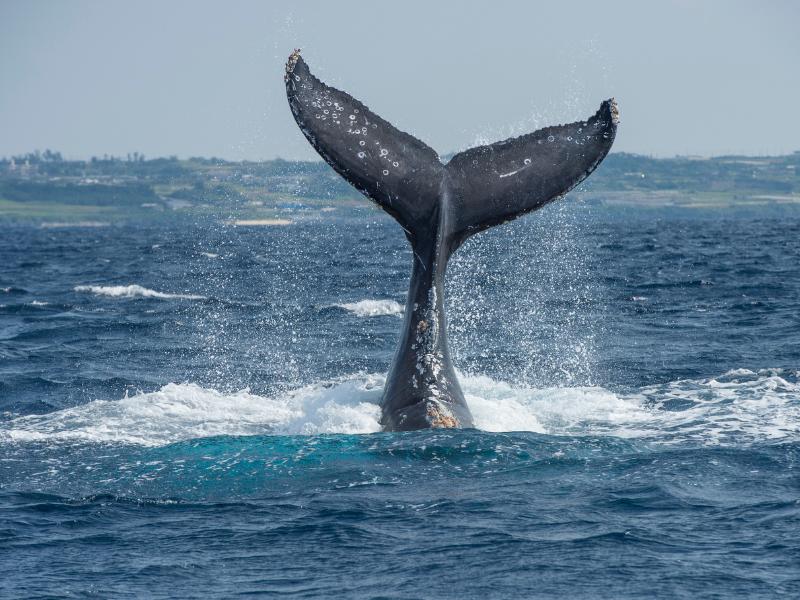
PRESS RELEASE: Federal Judge Questions Whether Dominion Energy Has Proper Approvals to Begin Offshore Wind Project
Opinion -Press Release -Lawsuit seeks preliminary injunction to force comprehensive studies on the massive project’s effect on habitat of critically endangered North Atlantic right whale. -

Biden Touts ‘Strong’ Economy as Americans Struggle to Make Ends Meet
Opinion -The overriding reason that those in the working class actually got ahead during the Trump years is simple: inflation remained low and incomes rose, resulting in households having more disposable income and a decrease in poverty rates. Under Biden, the utter reverse has taken place. -

Despite Plenty of Pitfalls, Biden Doubles Down on Off Shore Wind Farms
Opinion -Instead of allowing American companies and consumers to decide what type of energy source they prefer to power their homes and businesses, the Biden administration has put its giant thumb on the scale in favor of supposedly environmentally friendly wind and solar.